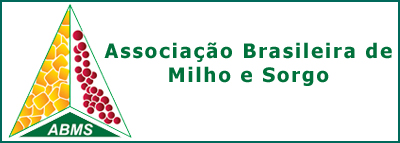SAMPLE SIZE FOR THE ESTIMATION OF SOME SORGHUM TRAITS
DOI:
https://doi.org/10.18512/1980-6477/rbms.v4n02p%25pKeywords:
Sorghum bicolor (L.) Moench, altura da planta.Abstract
Sorghum research, just like any research involving other crops, requires a knowledge of experimental techniques that will provide the maximum precision with a minimum of resources. The objective of the present work was to evaluate the implications of sampling size over the results obtained with the application of tests F and Tukey in the analysis of sorghum traits variance. Another objective was to identify ideal sample sizes for those traits, by using two methods: use of the experimental coefficient of variation value (CV) alone; use of formula involving the variance of an estimated plot mean based on a sampling units. Eight sorghum cultivars were evaluated in a random block design with four replicates. All plants in the plot (45), in addition to eight sample sizes (varying from 5 to 40 units, at 5-unit intervals) were utilized to evaluate plant height (PH), dry matter in the vegetative above-ground part of the plant (without the panicle) (DMP), length (PL), and panicle dry matter (PDM). It was observed that the F and Tukey tests, based on samples, could result in different conclusions from those obtained when all plants in the plot are utilized to evaluate DMP and PDM. About 25 units represent samples for the estimation of the four characteristics, when the CV value is used. The adoption of the sample size formula proved that to estimate PH, DMP, PL, and PDM, the ideal sample sizes would be 14 plants, 11 plants, 14 panicles, and 24 panicles, respectively.
Downloads
Published
How to Cite
Issue
Section
License
Authors retain copyright and grant the journal right of first publication with the work simultaneously licensed under the Creative Commons Attribution License that allows the sharing of work and recognition of the work of authorship and initial publication in this journal.
Authors are able to take on additional contracts separately for non-exclusive distribution of the version of the paper published in this journal (eg, in an institutional repository or publish as a book), with acknowledgment of its initial publication in this journal.
Authors are permitted and encouraged to post their work online (eg, in institutional repositories or on their website) at any point before or during the editorial process, as this may leadto productive exchanges, as well as increase the impact and citation of published work.



